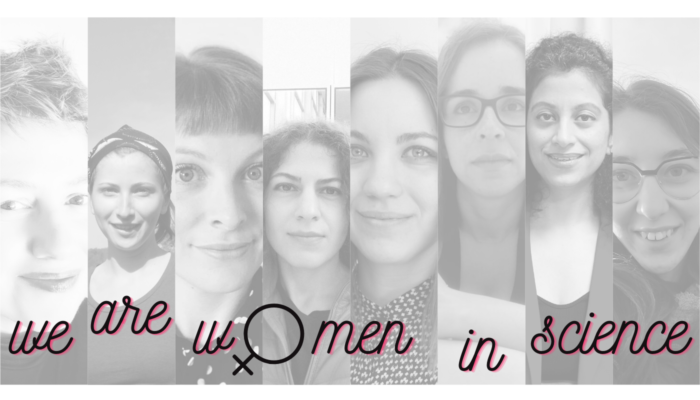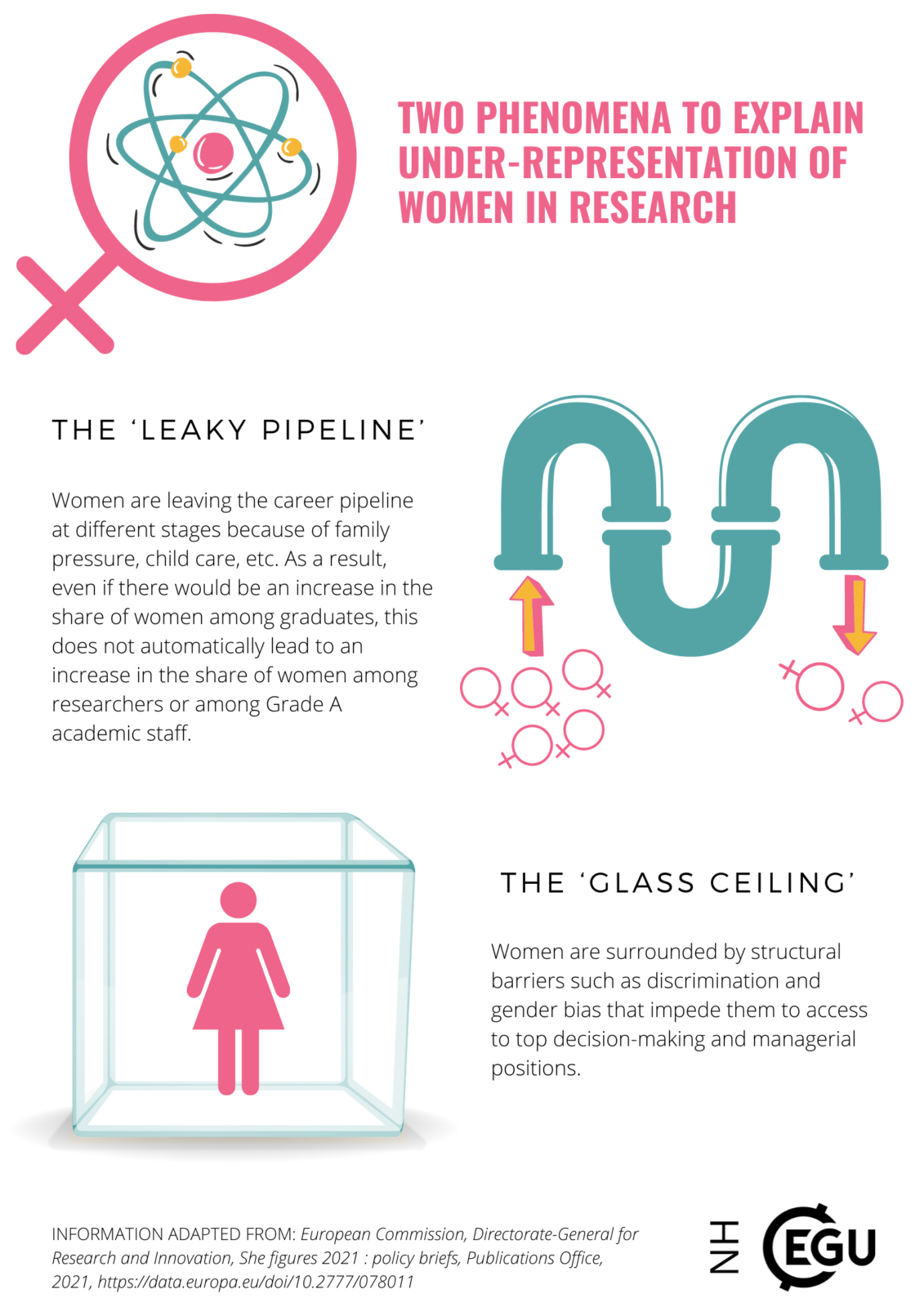
Gender equality is a fundamental human right and a basis for building a peaceful and sustainable future for our society. It has been identified by the United Nations as one of the seventeen urgent goals – the so-called Sustainable Development Goals – to be achieved by all countries to ensure sustainability on a global scale [1].
#genderequality is a hashtag used (and overused) to tag millions and millions of content on social media, a banner claimed by the politician in charge, a motto on everyone’s lips. But what is hidden behind the facade? Well, despite the progress made over the last decades – more girls are going to school, more women are covering positions of leadership, and laws are being reformed to promote gender equality, among others – it seems that our society remains a “man’s world”, as in the title of the famous James Brown’s song. In 2019, women only held 28 percent of managerial positions worldwide, and their representation in national parliaments was stuck at only 23.7 percent [2]. We are just at the beginning of a long journey.
Gender equality in European research
While gender balance in doctoral graduates has nearly been reached, gender inequalities persist in Europe’s research and innovation (R&I) systems in terms of women’s participation and progression in scientific careers. [3]
Gender (in)equality does not stop in front of geographical boundaries or sectorial borders. A few months ago, the European Commission released the 2021 “She Figures” publication [4], which represents the main and most updated source of pan-European statistics on the state of gender equality in research and innovation. The overall picture delineated from the critical analysis of the numbers highlights several gaps and critical issues about gender equality from doctoral positions to career advancement, passing through participation in decision-making.
- STEM still rhymes with MAN. Despite the European Union having almost achieved gender parity among doctoral graduates (around 48% of women in 2018), significant gender gaps persist in some fields of study. Women doctoral graduates are over-represented in the field of Education and under-represented in Information and Communication Technologies and Engineering, Manufacturing and Construction. Furthermore, it is observed a persistently lower level of women’s participation in STEM (science, technology, engineering and mathematics) fields at all career stages.
- Underrepresentation and worse working conditions among researchers. In 2018, women represented only one-third of the total population of researchers at the European level. Furthermore, there are more women, compared to men, working part-time and under precarious research contracts in the higher education sector (in 2019, 11.1% for women and 7.2% for men).
- Excluded from the decision-making tables. Despite women representing more than 40% of academic staff in Europe (in 2018), they covered only one-fourth of grade A positions (equivalent to full professorship positions). Furthermore, women represented less than 25% of heads of institutions in the higher education sector in 2019.
- Unequal access to research funding. The funding success rate for men was 3.9 percentage points higher than the funding success rate for women at the European level.

Two phenomena to explain the under-representation of women in research
The h-index is not gender-free
At both European and country level, between 2015 and 2019, women and men published a similar number of publications at early stages of their careers. As authors become more senior, women published less than men, indicating a widening gender gap as the level of seniority increases. [4]
To achieve high-level bibliometric performances, an extraordinary amount of time on research is required at the expense of other things. Because of different societal roles, men are perhaps more willing, or able, to prioritise in this manner than women. Indeed, the greater difficulty faced by women in balancing research activities and family duties significantly affects their relative performance, even the bibliometric one [5]. Bibliometric indicators which consider only the number of publications would significantly penalise female researchers.
To try to find a solution to this issue, several authors in the literature proposed some corrections to the current H-index calculation, such as using the h-index adjusted for career age, excluding the inactive years of the female researchers due to periods of maternity [6]. Other authors [for example, 7], adopting a more radical approach, suggest defining performance rankings distinguished by gender. This last proposal opens the debate about if and to which extent gender equality can pass also through gender differentiation, in order to consider the current social differences, rather than trying to smooth out the differences.
The challenges for women working in the natural hazards field
The Chief Editor of this blog, Valeria Cigala, together with our Editor Giulia Roder, and the NH Division President Heidi Kreibich, have recently published an interesting invited perspective on NHESS that is shedding light on gender equity in the field of natural hazards.
Gender recognition and representation do not affect the sole career sphere or the policy and DRR agenda. They even impact our vision about gender and gender equity in the actions, behaviours, and intentions before, during, and after natural hazards.[6]
In their work, Cigala et al. [6] qualitatively explored a collection of 121 opinions of individuals identifying themselves as female and one opinion of an individual identifying themselves as non-binary, working in the field of natural hazards (in academia and in industry as practitioners or policymakers). Their questionnaire covered opinions on the challenges related to natural hazards in general, those concerning natural hazards and gender equity, plus opinions on the most urgent solutions to withstand gender inequities and the respondent’s gender-related challenges experienced during their career.
From the response analysis and state-of-the-art literature, it emerged that gender-based challenges at the professional level and within the disaster cycle are very close and interrelated. Therefore, it is possible to identify a series of solutions to reduce gender inequalities that can work for both a professional and a more technical sphere, with mutual benefit. Early education is a key element to fostering a cultural revolution and reaching gender equality. “If children attend classes related to social norms, diversity, and inclusion, they might become adults able to see beyond individuals’ gender. If so, women and other gender minorities would be much more considered for leadership positions in DRR institutions or academia, thus promoting a more comprehensive vision about vulnerabilities before, during, and after natural hazard occurrence.” [6]
To ensure a successful and sustainable future for the research in natural hazards and disaster mitigation fields, all voices need to be included. As well underlined by Cigala et al. [6], the lessons learned within the context of discrimination against women can be a starting point to expand the discourse to other gender minorities and advocate for an all-inclusive approach that promotes a telling and understanding of disaster that foreground differences.
References
[1] United Nations, Transforming our world: the 2030 Agenda for Sustainable Development, 2015, https://sdgs.un.org/sites/default/files/publications/21252030%20Agenda%20for%20Sustainable%20Development%20web.pdf
[2] https://www.un.org/sustainabledevelopment/gender-equality/
[3] European Commission, Directorate-General for Research and Innovation, She figures 2021: policy briefs, Publications Office, https://data.europa.eu/doi/10.2777/078011, 2021.
[4] European Commission, Directorate-General for Research and Innovation, She figures 2021: gender in research and innovation: statistics and indicators, Publications Office, https://data.europa.eu/doi/10.2777/06090, 2021.
[5] Abramo, G., Aksnes, D. W., & D’Angelo, C. A.: Gender differences in research performance within and between countries: Italy vs Norway, Journal of Informetrics, 15(2), 101144, https://doi.org/10.1016/j.joi.2021.101144, 2021.
[6] Cigala, V., Roder, G., and Kreibich, H.: Invited perspectives: “Natural hazard management, professional development and gender equity: let’s get down to business”, Nat. Hazards Earth Syst. Sci., 22, 85–96, https://doi.org/10.5194/nhess-22-85-2022, 2022.
Post edited by Valeria Cigala and Shreya Arora
